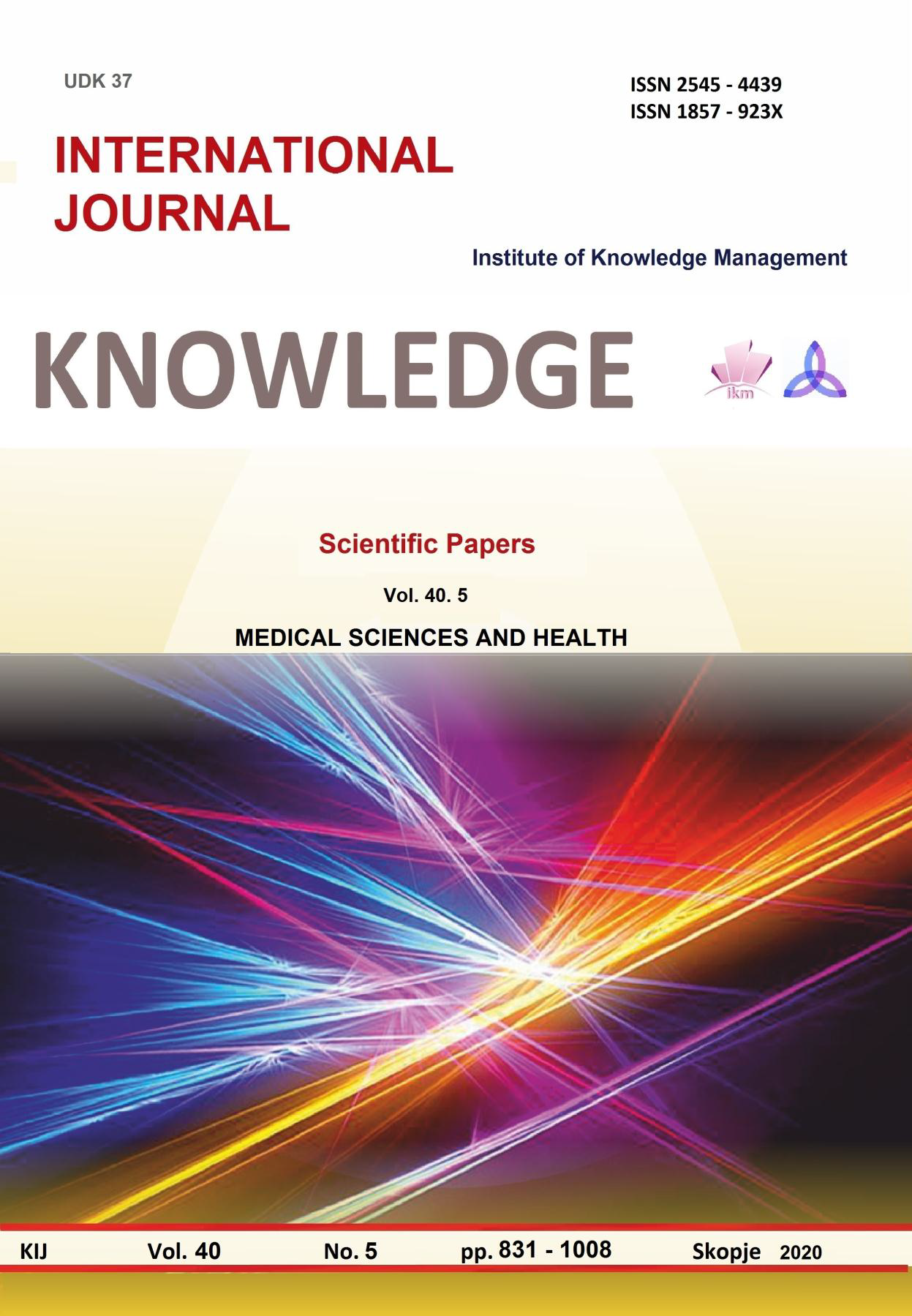3D - PRINTED DRUGS - A BRAVE NEW WORLD IN PHARMACEUTICAL MANUFACTURING
3D - PRINTED DRUGS - A BRAVE NEW WORLD IN PHARMACEUTICAL MANUFACTURING
Author(s): Daniel Argilashki, Anna Mihaylova, Nina Koleva, Bozhidarka HadzhievaSubject(s): Social Sciences
Published by: Scientific Institute of Management and Knowledge
Keywords: 3D - printed medicines; personalized medicine; 3D printing
Summary/Abstract: Nowadays, 3D printing is one of the fastest growing technology industries of art and science and expanding its application more and more. Today, additive manufacturing is used in the automobile, aerospace, food, agriculture, engineering, architecture and construction, geographical information systems (3D printing of physical maps), as well as in medicine, pharmacy and bioengineering. 3D printing enables the development of new dosage forms, the modeling of tissues and organs, and the production of orphan drugs for small groups of patients. The relatively low cost of manufacturing multiple dose medicines is one of the major advantages of having a short batch of medicines. In recent years, worldwide, the attention of health professionals has been focused on the so-called "Personalized medicine" whose application in pharmacy can be realized using 3D technologies. These technologies allow multiple doses to be combined into one dosage form that meets the specific needs of each individual patient. 3D tablet printing allows the drug to form more tightly at the right dose and higher-dosage drugs to be more easily absorbed and soluble in the body. 3D printing technology can be successfully researched to develop personalized medicines that could play a vital role in treating a variety of diseases and improving people's lives. In pharmacy, inkjet systems (3DP), extrusion printing methods or so-called deposition technology (FDM), stereolithography (SLA), selective laser sintering (SLS) and others are already being used. Although solid oral dosage forms are the most widely studied, 3D printing has also been used to create a transdermal drug delivery system as well as vaginal rings for controlled local delivery of progesterone. The legal framework, as well as the one for setting the standard for 3D printing of medicines, require collaboration between broad scientific fields and enforce significant changes in the way that many centers and departments cooperate with different cultures, regulations, legal issues and focuses. The use of 3D technologies offers many new opportunities and perspectives in pharmaceutical manufacturing, but a number of legal and ethical standards may limit their application. For these reasons, a more in-depth study of the potential of 3D technologies in pharmacy is needed, an exploration of their benefits and the identification of their disadvantages.
Journal: Knowledge - International Journal
- Issue Year: 40/2020
- Issue No: 5
- Page Range: 847 - 853
- Page Count: 7
- Language: English

